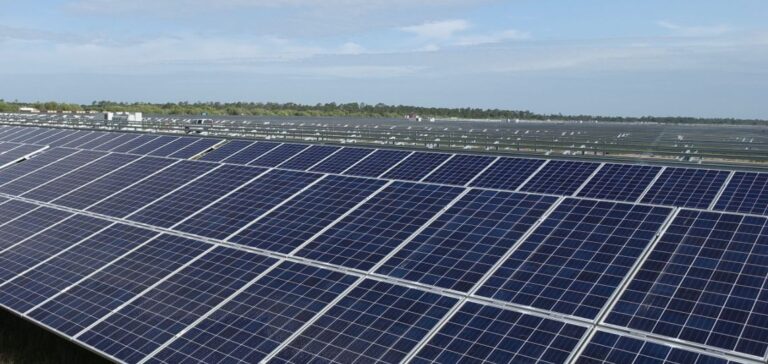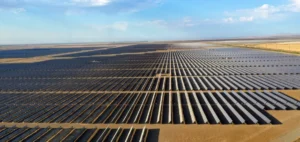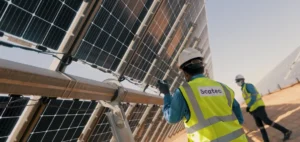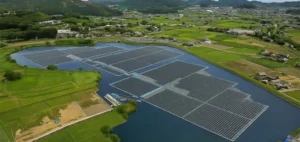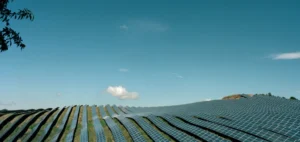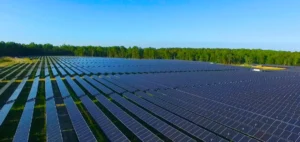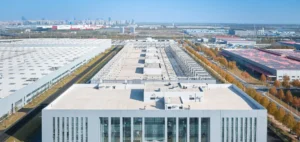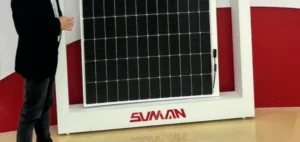Duke Energy Florida has submitted its 2025 Solar Base Rate Adjustment (SoBRA) filing to the Florida Public Service Commission, outlining plans to invest $521 million in four new solar sites. These facilities will be located in Madison (Sundance Renewable Energy Center), Sumter (Half Moon Renewable Energy Center), Hernando (Rattler Renewable Energy Center), and Jefferson (Bailey Mill Renewable Energy Center) counties. The goal is to add nearly 300 megawatts (MW) of solar energy to the electric grid by summer 2026.
Construction Schedule and Commissioning
Construction has already begun at the Sundance, Half Moon, and Rattler renewable energy centers, all of which are expected to be operational by January 2026. The Bailey Mill Renewable Energy Center is still in the permitting process, with construction slated to start in summer 2025, aiming for an operational date in summer 2026. Each site is expected to create an average of 150 temporary jobs during the construction phase.
Financial and Economic Impact
Duke Energy Florida projects that these four solar sites will save customers $843 million over their operational lifetimes. This initiative is part of a settlement agreement approved by the Florida Public Service Commission in August 2024, aimed at modernizing and strengthening the company’s generation fleet.
Production Capacity and Future Plans
At peak output, each 74.9 MW site will generate enough electricity to power approximately 23,000 homes while reducing annual consumption by 1.2 million cubic feet of natural gas, 15,000 barrels of fuel oil, and 12,000 tons of coal. Duke Energy Florida currently owns and operates more than 25 solar sites across the state, producing around 1,500 MW of energy. Between 2025 and 2027, the company plans to build 12 new solar sites, adding an additional 900 MW to the electric grid. By the end of 2033, the company projects to have more than 6,100 MW of utility-scale solar generating capacity online.


